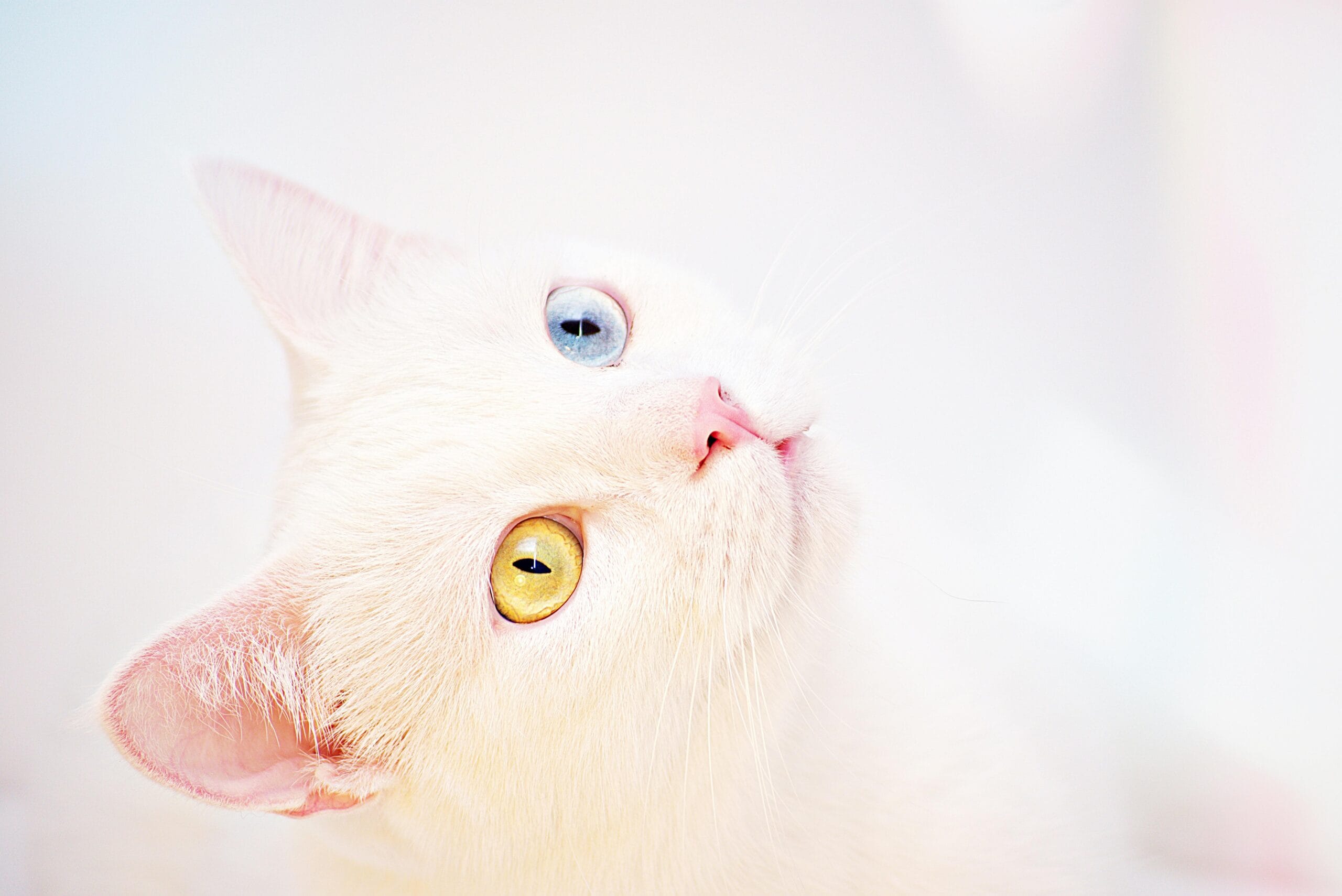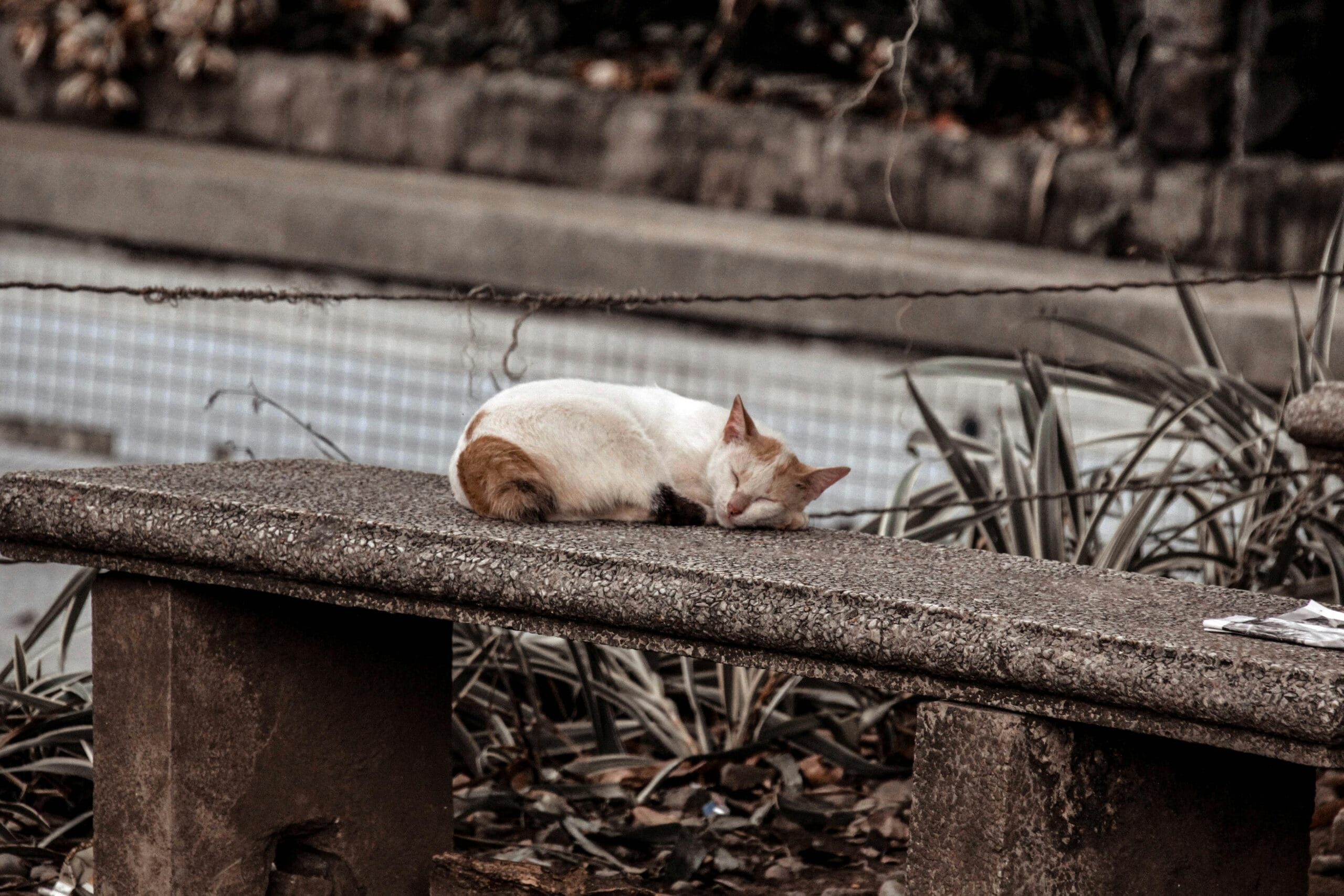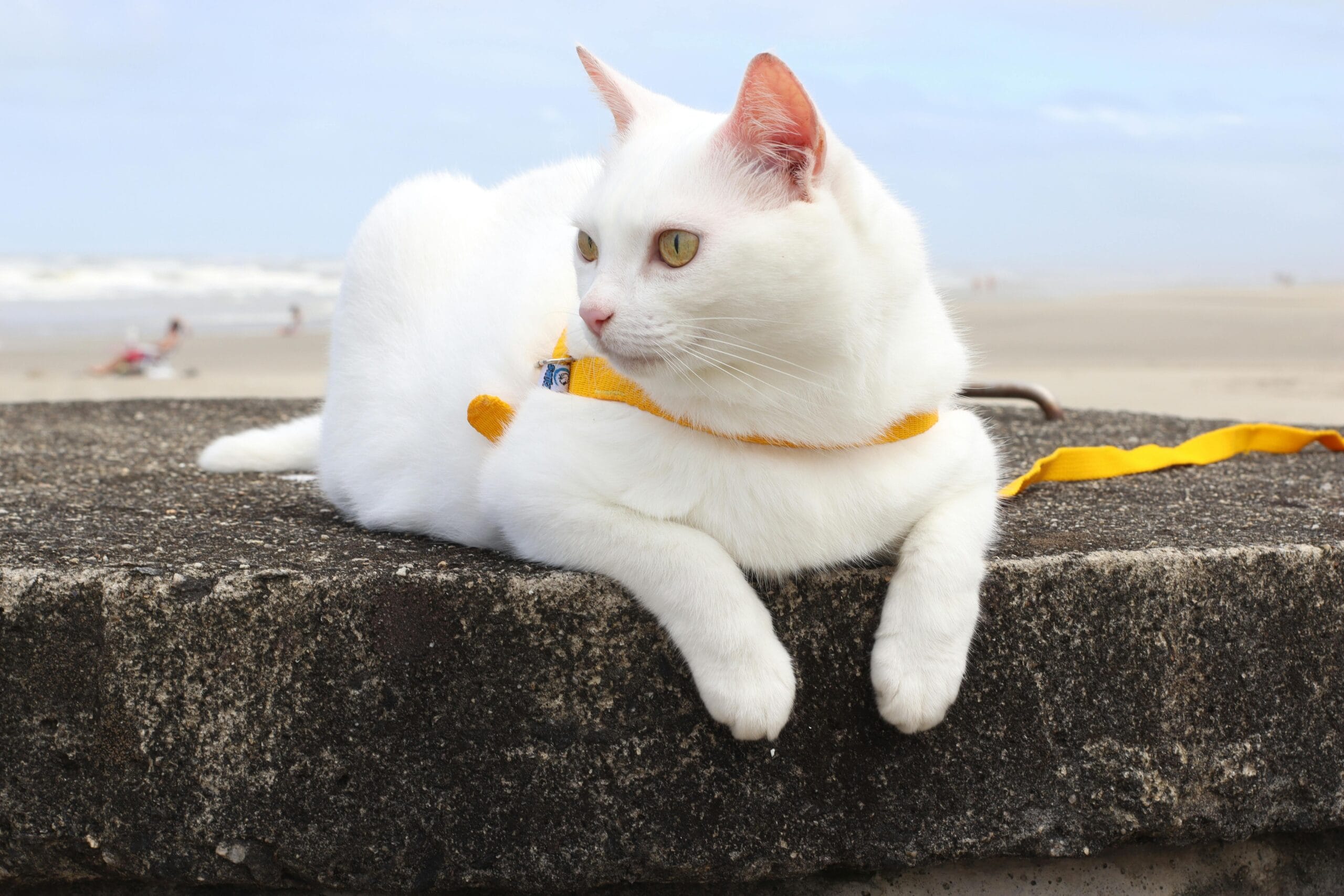How To Switch Cat Food ?

How To Switch Cat Food? Switching Cat Food Brands safely & effectively? Find the best way to switch cat food & avoid upset tummies! Learn the gradual transition method & more.
How To Switch Cat Food: A Comprehensive Guide for a Smooth Transition
Switching cat food can seem like a daunting task, but with a little planning and patience, you can make the transition a smooth one for your feline friend. Sudden changes in diet can lead to digestive upset, so understanding how to switch cat food gradually and safely is crucial. This comprehensive guide will walk you through the best practices, addressing common concerns and providing valuable tips for a successful transition.
Understanding the Importance of Gradual Switching Cat Food Brands
Cats, unlike dogs, are more sensitive to dietary changes. Their digestive systems are delicate, and abruptly switching their food can cause vomiting, diarrhea, and other digestive issues. This is why a slow and gradual approach is the best way to switch cat food. A sudden change can disrupt their gut microbiome, which plays a vital role in their overall health. The process of switching cat food brands should be prioritized for the cat’s well-being.
The reason behind this sensitivity lies in the cat’s digestive enzymes. Their bodies are adapted to the specific nutrients and ingredients present in their regular food. When you switch abruptly, their system struggles to adjust quickly, leading to discomfort and potential health problems. This is why understanding the best way to switch cat food is so important, emphasizing a slow and controlled transition.
The 7-Day Transition Plan: A Step-by-Step Guide for How To Switch Cat Food
The most common and recommended method for switching cat food is a gradual 7-day transition. This allows your cat’s digestive system ample time to adjust to the new food. Here’s a detailed plan:
Day 1-2: 25% New Food, 75% Old Food
Start by mixing a small amount (approximately 25%) of the new food with 75% of their current food. Observe your cat for any signs of digestive upset. Most cats will readily accept this mixture without issue.
Day 3-4: 50% New Food, 50% Old Food
Increase the proportion of new food to 50%, maintaining a 50/50 mix of old and new. Continue monitoring for any signs of digestive distress. If your cat shows any negative reactions, such as vomiting or diarrhea, immediately revert back to the previous ratio and slow down the process further.
Day 5-6: 75% New Food, 25% Old Food
Gradually increase the new food to 75% and reduce the old food to 25%. Keep a close eye on your cat’s stool consistency and overall behavior.
Day 7: 100% New Food
By day 7, your cat should be fully transitioned to the new food. Continue to observe them for a few days to ensure they are tolerating the new food well.
Why Choose Gradual Switching Over Abrupt Changes?
The benefits of gradual switching cat food brands are significant. It minimizes the risk of digestive upset, allowing your cat’s body to adapt smoothly. Abrupt changes can lead to various problems, including:
- Vomiting
- Diarrhea
- Loss of appetite
- Dehydration
- Weight loss
These issues can impact your cat’s overall health and well-being. Avoiding them through careful and gradual how to switch cat food methods is crucial. Remember, preventing problems is always better than treating them. For more detailed information on feline digestive health, check out this excellent resource from the ASPCA.
Factors to Consider When Switching Cat Food Brands
When considering how to switch cat food, several crucial factors must be taken into account:
Age and Health of Your Cat
Kittens, senior cats, and cats with pre-existing health conditions require a more cautious approach. You may need to extend the transition period to several weeks or even months, depending on their individual needs. Consult your veterinarian before making significant dietary changes for cats with sensitive stomachs or health issues.
Type of Food
Switching between different types of food (e.g., wet to dry, or dry to raw) requires a more extended and careful transition. Start with very small amounts of the new food type and gradually increase it over a longer period. The sudden change in texture and moisture content can be particularly challenging for some cats.
Ingredients and Nutritional Value
Ensure the new food offers a balanced nutritional profile similar to their current food. Significant changes in protein sources, fat content, or essential nutrients could negatively affect your cat’s health. Comparing nutritional information on both food labels will help you ensure a smooth transition.
The Importance of Monitoring Your Cat’s Behavior
Throughout the transition, paying close attention to your cat’s behavior is vital. Watch for any signs of digestive distress, such as vomiting, diarrhea, changes in appetite, or lethargy. If you notice any of these symptoms, immediately slow down or stop the transition and consult your veterinarian.
Remember, each cat is an individual, and what works for one may not work for another. Be patient and flexible, and don’t hesitate to adjust the transition timeline based on your cat’s response. This individualized approach is key when learning how to switch cat food effectively and safely.
Choosing the Right Cat Food: Understanding Nutritional Needs
Before you even begin the transition process, selecting the appropriate cat food for your feline companion is paramount. This involves considering their age, breed, activity level, and any specific dietary requirements they may have, such as allergies or health conditions. A balanced diet is crucial for maintaining your cat’s optimal health and well-being. Understanding the nutritional requirements of cats is covered extensively in this informative article from the Vets Now website.
Addressing Common Concerns When Switching Cat Food
Many cat owners experience concerns during the switching process. Some frequently asked questions include:
My cat refuses the new food. What should I do?
If your cat outright refuses the new food, try mixing a smaller amount with their old food. You can also try warming the new food slightly to enhance its aroma, or mixing it with a small amount of tempting, high-value treats. Never force your cat to eat.
My cat has diarrhea after switching food. What should I do?
If your cat experiences diarrhea, immediately stop the transition and go back to their previous diet. Consult your veterinarian to rule out any underlying health issues and get advice on how to proceed with the switch more slowly.
How long should I wait before switching again?
After a successful transition, it’s generally recommended to wait at least several months before considering another food switch. Frequent changes can disrupt your cat’s digestive system and make them more prone to digestive issues.
The Best Way to Switch Cat Food: Summary and Key Takeaways
Successfully switching cat food brands is about patience, understanding, and a gradual approach. Following a seven-day transition plan, carefully monitoring your cat’s response, and considering their individual needs are all crucial components of a successful transition. Remember to always consult your veterinarian if you have concerns about your cat’s health or diet. This expert guidance is especially important when dealing with cats with pre-existing health issues or those requiring specialized diets. Remember, knowing how to switch cat food properly can make a world of difference in your cat’s overall health and happiness.
For further in-depth information on cat nutrition and health, I highly recommend exploring resources provided by the FDA Center for Veterinary Medicine.
Leave Your Comments Below!
Have you successfully switched your cat’s food? Share your tips, tricks, and experiences in the comments section below. Let’s build a community of cat lovers who can help each other navigate this essential aspect of cat care! What was your best way to switch cat food? Share your experience with switching cat food brands and how to switch cat food to help others.

10 FAQs: How To Switch Cat Food
1. How to switch cat food gradually?
Q: My vet recommended switching my cat’s food. How do I do it gradually to avoid digestive upset?
A: The best way to switch cat food is gradually. Over 7-10 days, slowly increase the proportion of the new food while decreasing the old. Start with 25% new food, 75% old. Gradually increase the new food by 25% each day until you’re at 100% new food. This minimizes digestive issues during the Switching Cat Food Brands process.
2. How long should I switch cat food?
A: The gradual How To Switch Cat Food process should take 7-10 days, but you might need longer for sensitive cats. Monitor your cat closely for any digestive upset. If problems persist, slow down the transition or consult your vet.
3. My cat refuses the new cat food. What should I do?
A: Some cats are picky! Try mixing a small amount of the new food with their old favorite. You can also warm it slightly (not hot!) to enhance the aroma. If they still refuse, try different flavors or brands, always using the gradual How To Switch Cat Food method. Consult your vet if the issue persists.
4. Best way to switch cat food for kittens?
A: Kittens are more sensitive. Follow the gradual transition method, but extend it to 14 days or even longer. Use a kitten-specific formula and monitor their stool consistency closely. The Best Way To Switch Cat Food for kittens prioritizes a slow and careful change.
5. Can I switch cat food brands abruptly?
A: It’s generally not recommended to switch cat food brands abruptly. This can lead to vomiting, diarrhea, and other digestive problems. The Best Way To Switch Cat Food is always gradual.
6. How to switch cat food from wet to dry?
A: Switching between wet and dry food requires a similar gradual approach. Start by mixing a small amount of dry food into the wet food and gradually increase the dry food’s proportion over 7-10 days. Some cats prefer a mix of wet and dry foods long-term.
7. How to switch cat food from dry to wet?
A: The transition from dry to wet food uses the same gradual approach as wet to dry. Mix small amounts of wet food into the dry food and slowly increase the wet food’s proportion over 7-10 days. Monitor your cat for any digestive issues.
8. My cat has sensitive digestion. How should I Switch Cat Food Brands?
A: Cats with sensitive stomachs require an even slower transition – 14-21 days. Consider a sensitive stomach formula and consult your veterinarian for recommendations. Monitor for any signs of upset and slow down if needed.
9. What are the signs of a negative reaction to Switching Cat Food?
A: Watch for vomiting, diarrhea, constipation, lethargy, loss of appetite, or changes in stool consistency. If you notice any of these, slow down the transition or consult your vet.
10. My cat is getting older. How do I switch their food?
A: Older cats often need a senior formula. Follow the gradual transition method, but consider extending the timeframe to up to two weeks or longer. Pay close attention to your cat’s appetite and digestive health, and consult your vet for recommendations on the Best Way To Switch Cat Food for senior cats.

How to Switch Cat Food Safely and Effectively
Switching your cat’s food can be tricky, but a gradual approach minimizes digestive upset. Here’s how to do it right:
Gradual Transition is Key
Avoid abrupt changes. Introduce the new food slowly over 7-10 days. Start by mixing a small amount (25%) of the new food with 75% of the old food. Gradually increase the proportion of new food each day, reducing the old food accordingly. By day 7-10, your cat should be eating 100% of the new food.
Monitor Your Cat’s Digestion
Closely observe your cat’s bowel movements and overall health during the transition. Look for changes in stool consistency (diarrhea or constipation), vomiting, or lethargy. If you notice any problems, slow down the transition or revert to the old food and consult your vet.
Choose the Right Food
Consider your cat’s age, breed, activity level, and any health conditions when selecting a new food. Opt for high-quality cat food that meets the Association of American Feed Control Officials (AAFCO) standards. Read labels carefully, focusing on protein content and avoiding fillers.
Consider Sensitivities
Some cats have food sensitivities or allergies. If your cat experiences persistent digestive issues after switching food, it could be an allergy. Consider a limited-ingredient diet or consult your veterinarian to determine the cause.
Hydration is Important
Ensure your cat has access to fresh, clean water at all times, especially during a food transition. Increased water intake helps with digestion and prevents constipation.
Don’t Change Everything at Once
Avoid making multiple dietary changes simultaneously. If you also want to switch to a different type of food (e.g., wet to dry), do it separately to isolate any potential issues.
When to Consult a Vet
Consult your veterinarian if your cat exhibits persistent vomiting, diarrhea, loss of appetite, weight loss, or other concerning symptoms during or after a food switch. They can help diagnose any underlying medical conditions or food sensitivities.
Keywords:
cat food transition, switching cat food, changing cat food, cat food allergy, cat food sensitivity, gradual cat food change, cat digestive issues, cat health, cat nutrition